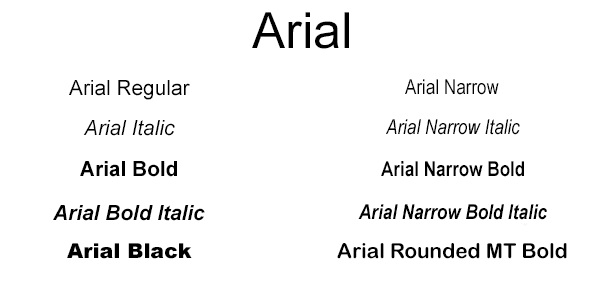
Learn more about the rules, terms and such in our guide to typography design > Shape and color psychology This also has an effect on font psychology, if you wanted to evoke thoughts of tallness or slimness, adjusting the spacing or deciding whether to use uppercase or lowercase will have an impact on an individual’s perception and thoughts of the font and brand. In brief, typography is the art of constructing a message in a way that will be visually pleasing. Lettering design by Mky Typographyīefore we delve further into fonts and their possible meanings, the basic rules and terms of typography need to be applied and considered too. This perception will then also be associated with the fitness brand. For example, if someone sees a fitness brand that is about gaining strength using a bold font, the customers will see that font and think: thick, bulky and heavy. When an individual sees a font, they make an association between the font and a trait. It’s a step-by-step guide dissecting how we perceive fonts and what we associate with them. One theory that is used in psychology to explain how a font is perceived by other people is the Kolenda Font Model. Depending on what we’re looking at, we’ll have our thoughts, feelings and actions impacted in different ways.

According to Albert Mehrabian’s Rule of Personal Communication, 93% of personal connection is non-verbal, meaning ideas and values need to get across in the simplest way possible. In essence, font psychology is the visual and emotional reaction you have to the font you’re seeing. Let’s take a closer look at what font psychology means, what it says about you and your business and which styles best represent you.

Especially in the digital age, a connection is more important than ever, and an important reason why brands and businesses should carefully consider what font truly gets the job done. Illustration by OrangeCrushīut what makes a good, successful font? The answer comes in the form of font psychology, meaning there’s a connected emotional and visual reaction to whichever font you may choose to represent yourself. The successful ones will stick with us, while those that miss the mark mean something isn’t doing the job it needs to. Wang is also director of the Guangdong Museum of Art and professor and doctoral supervisor at the College of Arts and Humanities within the Macau University of Science and Technology.We see millions of fonts every single day, from the news we read to the adverts we pass on the way to work. He has been invited to lecture at numerous universities, design academies, and organizations, and he has also been a jury member for China’s most prestigious design and illustration awards. Also, he is the editor of Design 360° magazine and Asia-Pacific Design.

He is a prolific editor whose works focus on international design, architecture, branding, communication, trends, and culture. Wang Shaoqiang is a professor and graduate supervisor at the Guangzhou Academy of Fine Arts (China). Indie Type would probably be the best way for them to get inspired. This book will serve as an inspiration for those who are interested in fonts design and want to create something new.
#Typeface vs font series#
It also features a series of interviews to 5 representative typeface designers who provide an account of the creative process behind designing a typeface, how it was created, and how it displays in design. Indie Type includes a series of typefaces selected by their innovative, aesthetic, or adaptable approach, including a representation of their use in different international projects.


 0 kommentar(er)
0 kommentar(er)
